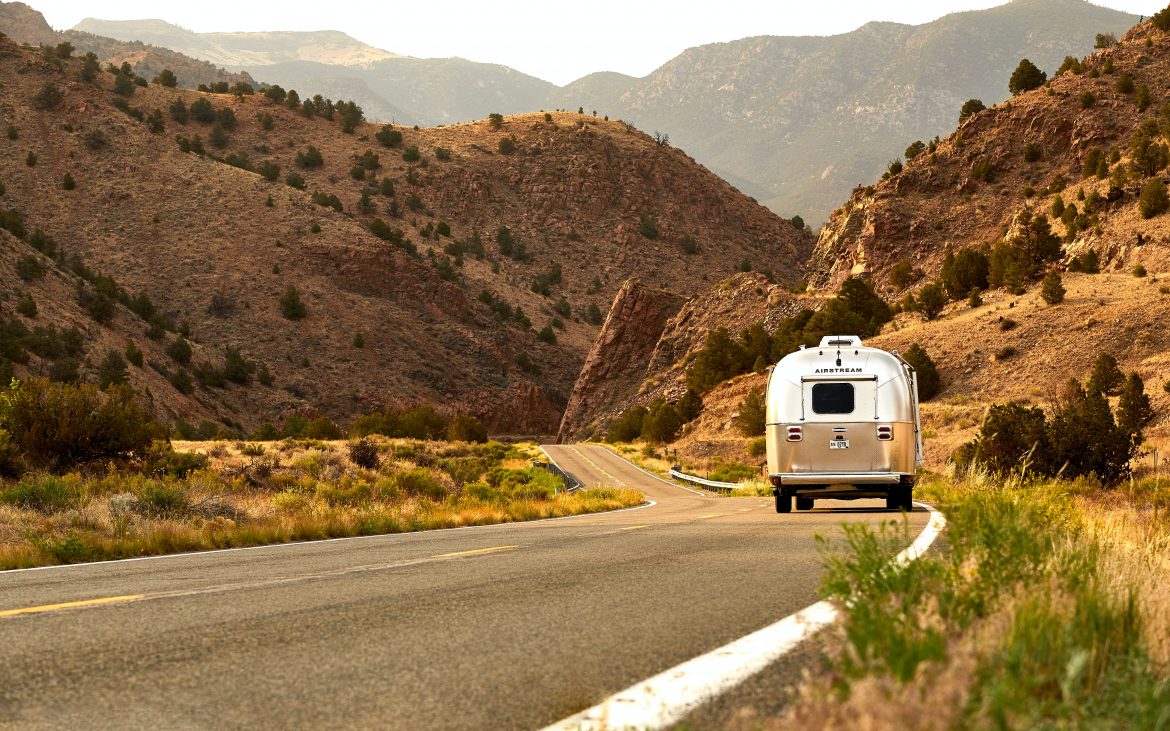Camping away from home may be a vacation for us, but not so much for the environment. When visiting, it’s always important to leave the campsite better than when you found it.
As a camper for some time, you may have already heard of the “Leave No Trace” rules. If you’re not familiar with it, this is also known as easy and sustainable camping practices. These are regulations designed for people to learn how to protect and respect nature on top of enjoying it.
What are sustainable camping practices?
Each year there are over 100 million campers who explore the forests and rivers that nature calls home in the United States. The environment sees a lot of weakening from exposure to garbage, soil erosion, water pollution, and other issues.
Visitors do not naturally camp out with this in mind. In and around the community are tried and tested rules that are followed to ensure minimal damage to the ecosystem.
- Plan ahead and prepare
- Travel and camp on durable surfaces
- Dispose of waste properly
- Leave what you find
- Minimize campfire impacts
- Respect wildlife
- Be considerate of other visitors
Pack it in
Factory-manufactured products can hurt the environment. Household products like soap and toothpaste contain chemicals that can leave a mark on the campgrounds. Biodegradable versions of these products would reduce the likelihood of pollution, particularly for water, because their toxic counterparts take a longer time to break down in the wild.
Avoid bringing products that are water-soluble. Remember that using water-soluble products like suntan oils, lotions, and makeup can pollute lakes, rivers, and ponds. Fish may no longer live in these waters if the chemicals are present. Also threatening aquatic life are bug repellents, most of which contain permethrin.
Wandering
Take it slow and steady. To use less gas when you’re on the road, drive at a steady speed and avoid changing speed every now and then. A short journey to the destination means fewer emissions, but if you’re thinking about going somewhere far, make sure to stay long enough for the trip to be worth it.
Invest on a low-emission vehicle. Newer rigs on the market are designed for low carbon emission, which allows drivers to take longer trips more sustainable for nature. You can even invest in solar for your RV.
Waste
Waste on a paradise beach. Photo Credit: Unsplash, Thobias Löfqvist
Minimize food waste. Most campers do not realize that tossing away meals can do harm to the environment. It only encourages animals to continue and scavenge for food in human garbage, making enough visits to campsites that can endanger their lives.
Plan your meals ahead. This way, you can leave less of a mess and save yourself from doing the dishes as well. Try simple cast-iron recipes that are easy to clean up after eating. This gives you more time to enjoy your camping experience.
Zero waste lifestyle – shop cereals, muesli and cornflakes in your glasses without packaging. Photo Credit: Unsplash, Markus Spiske
Ditch single-use plastics. Both for dishes and for water bottles. Bring thermos and water jugs, or reusable dishes instead. Refill at grocery stores or at gas stations. Go out of your way to ensure that you can get into the habit of reusing basic household things. Aluminum cans are not safe to burn as they release toxins into the air and soil, and fruit peels take years before they biodegrade.
Dispose of human waste properly. Knowing where to dump your waste is important, since it poses serious health risks to both humans and wildlife if you pollute in natural environments. Bring portable toilets if you can so that you can pack out your waste more easily. There are dump stations at campgrounds that let you dispose of your waste properly.
Use public bathrooms as much as possible. When they’re available at campsites, wait your turn. When you’re done, clean up after yourself to keep the facilities in sanitary working condition.
Opt for eco-friendlier feminine products. For camping, feel free to use menstrual cups, as they last up to 12 hours and are easier to maintain than pads or tampons when you’re constantly on the move. For disposal, just empty it in a hole.
Bury your waste. With a trowel, find someplace at least a few hundred feet from the campsite, hiking trails, and water sources and dig up a cat hole. When you’re finished doing your business, cover it with dirt and branches.
Wildlife
European Brown Bear. Photo Credit: Unsplash, Hans Veth
Use proper storage for food. Upon detecting human food, animals can become aggressive and dangerous. Storing food properly saves you wildlife and your family.
Make it easy for you to clean up. Remember to eat close to camp, and keep your food within arm’s length of you. Don’t leave scraps or crumbs on the ground, because creatures can smell that, too. If the campgrounds offer food lockers, use it. Never leave food in your tent or your backpack.
Pack it out
Leave the campsite better than when you found it. As cardinal rule, Leaving No Trace Behind is the way to show respect to fellow campers in the community. Be responsible stewards of nature and consider yourself a mere guest to the home of the wildlife and the woods.
Now that we’ve covered the basics, you can come up with your own ways of helping the wildlife through sustainable lifestyle.
